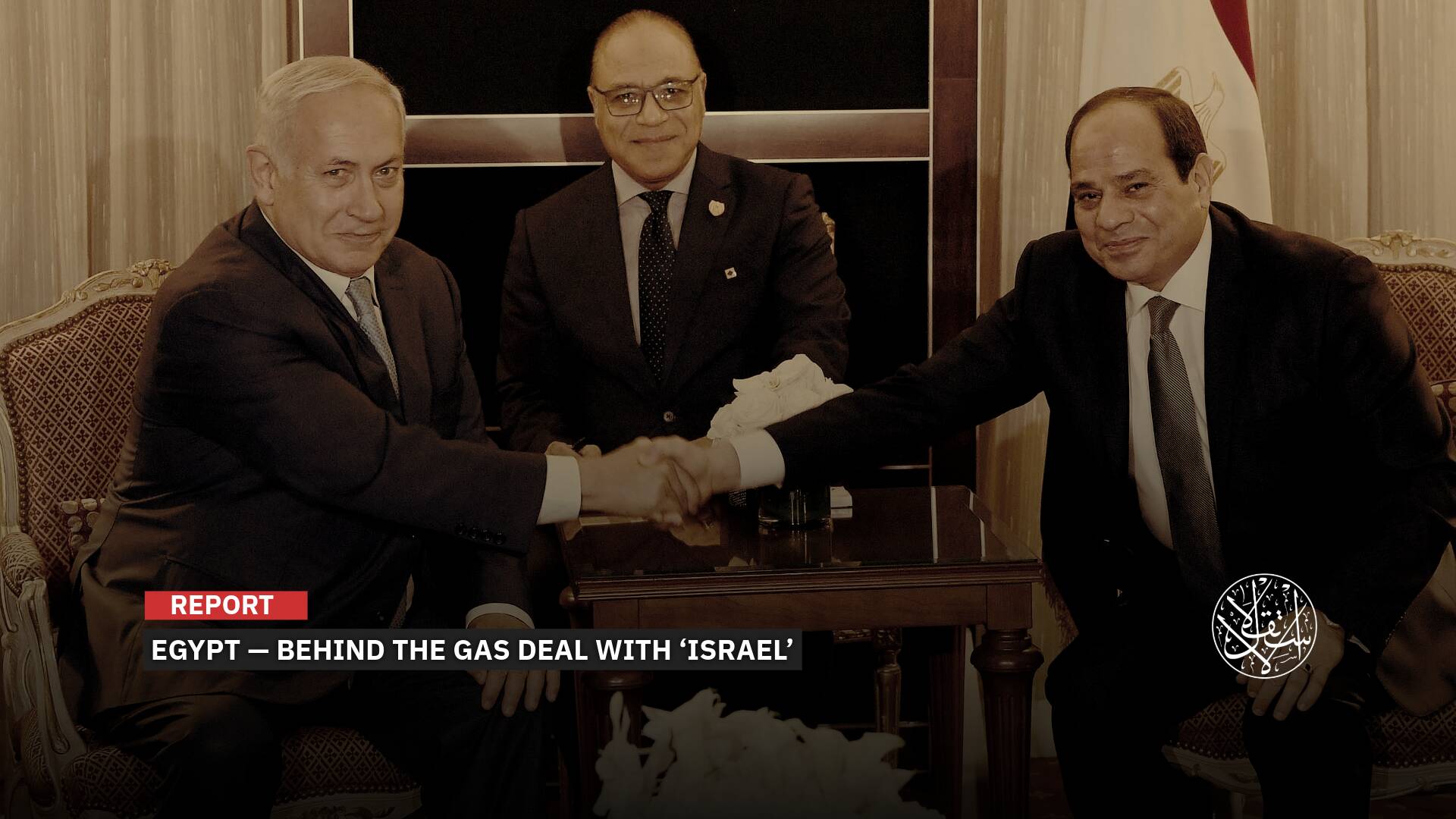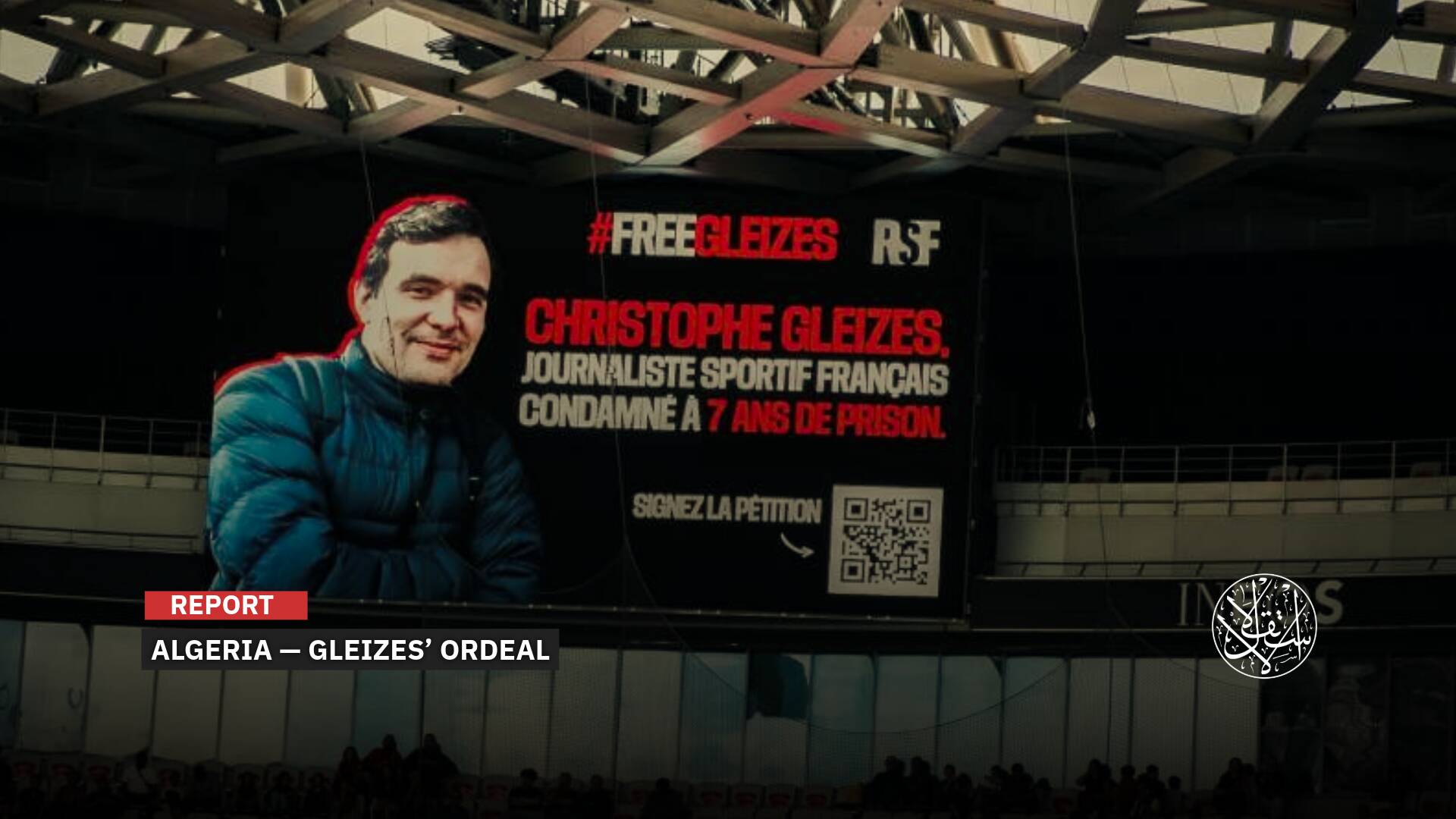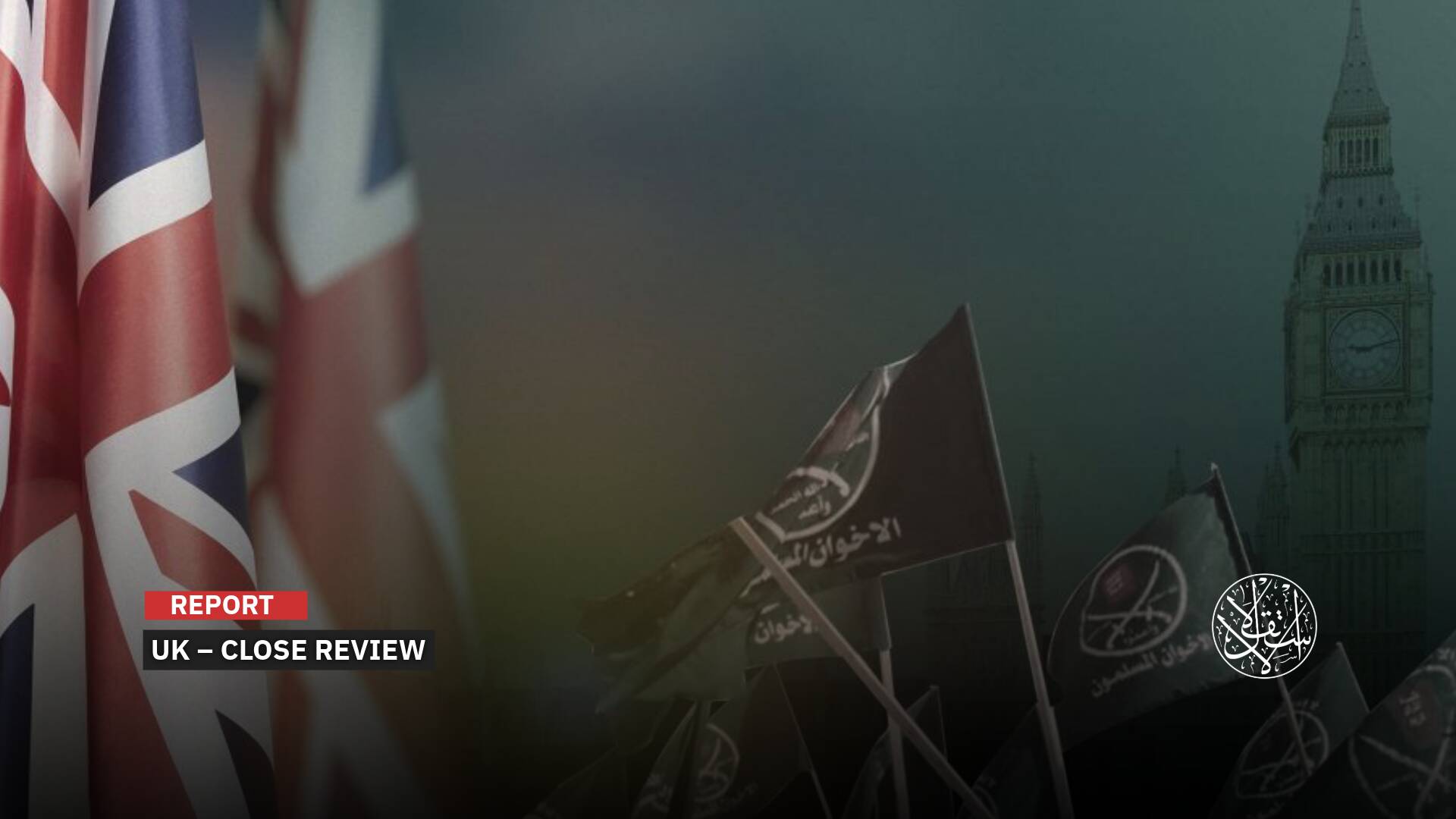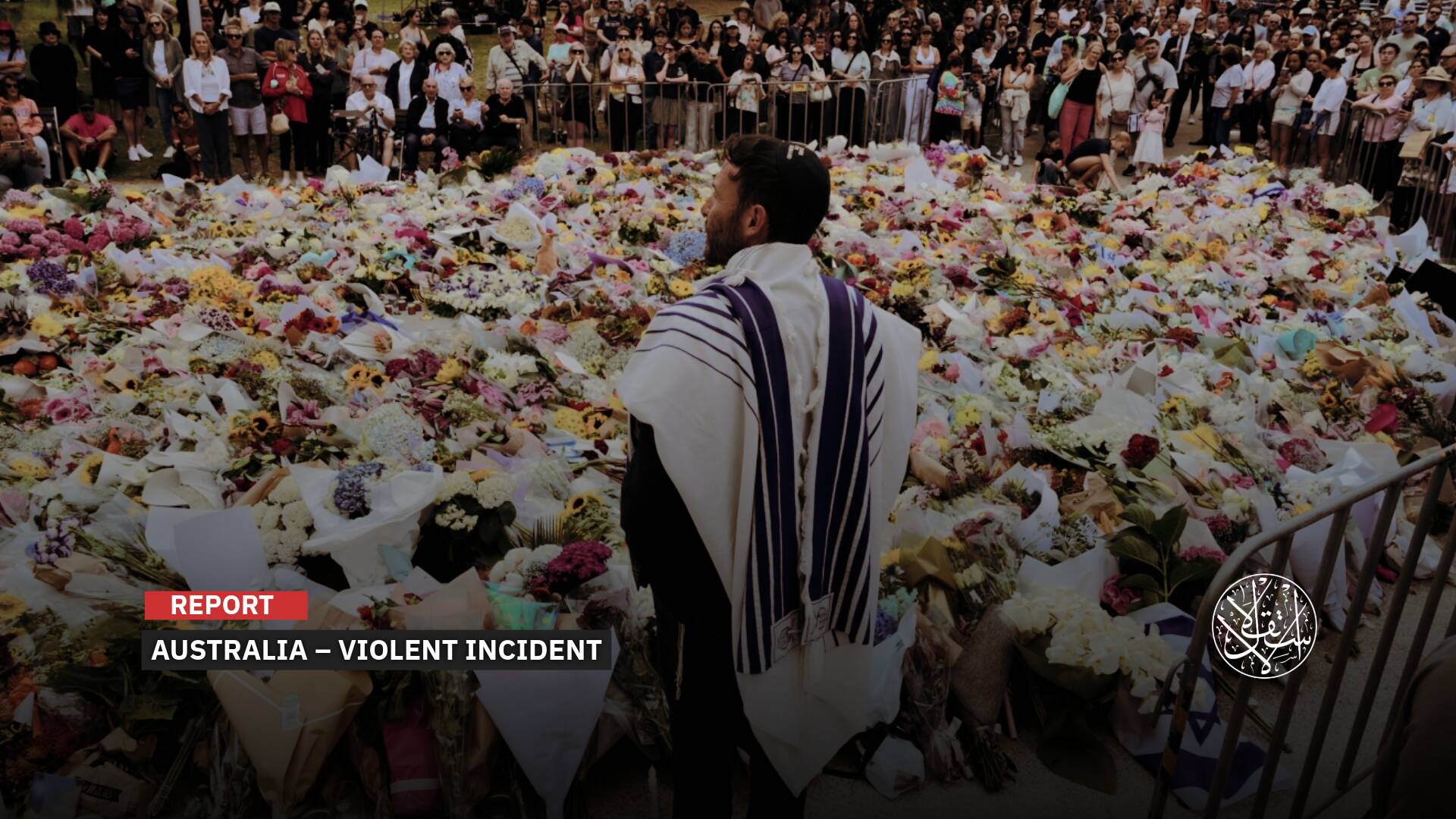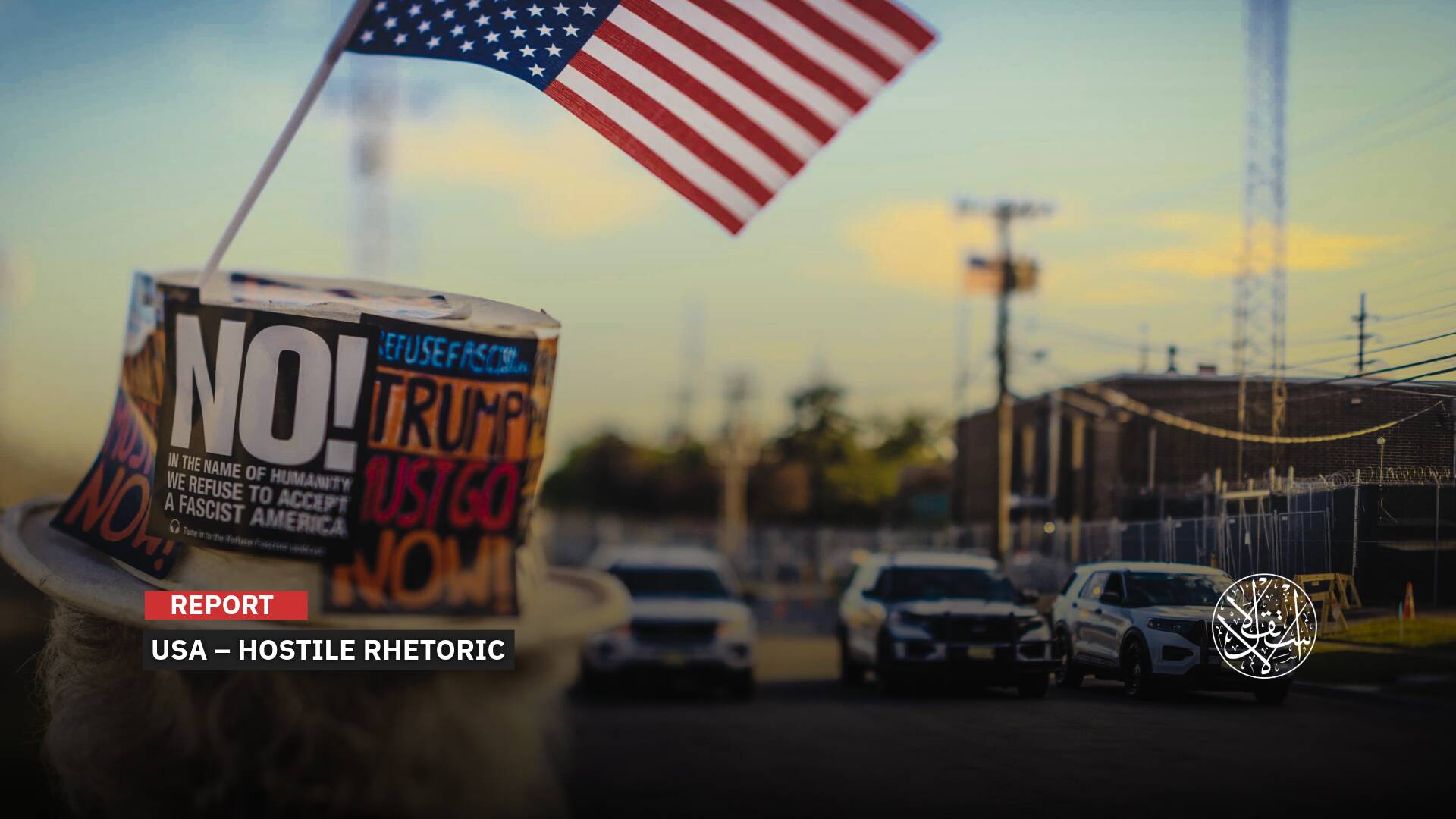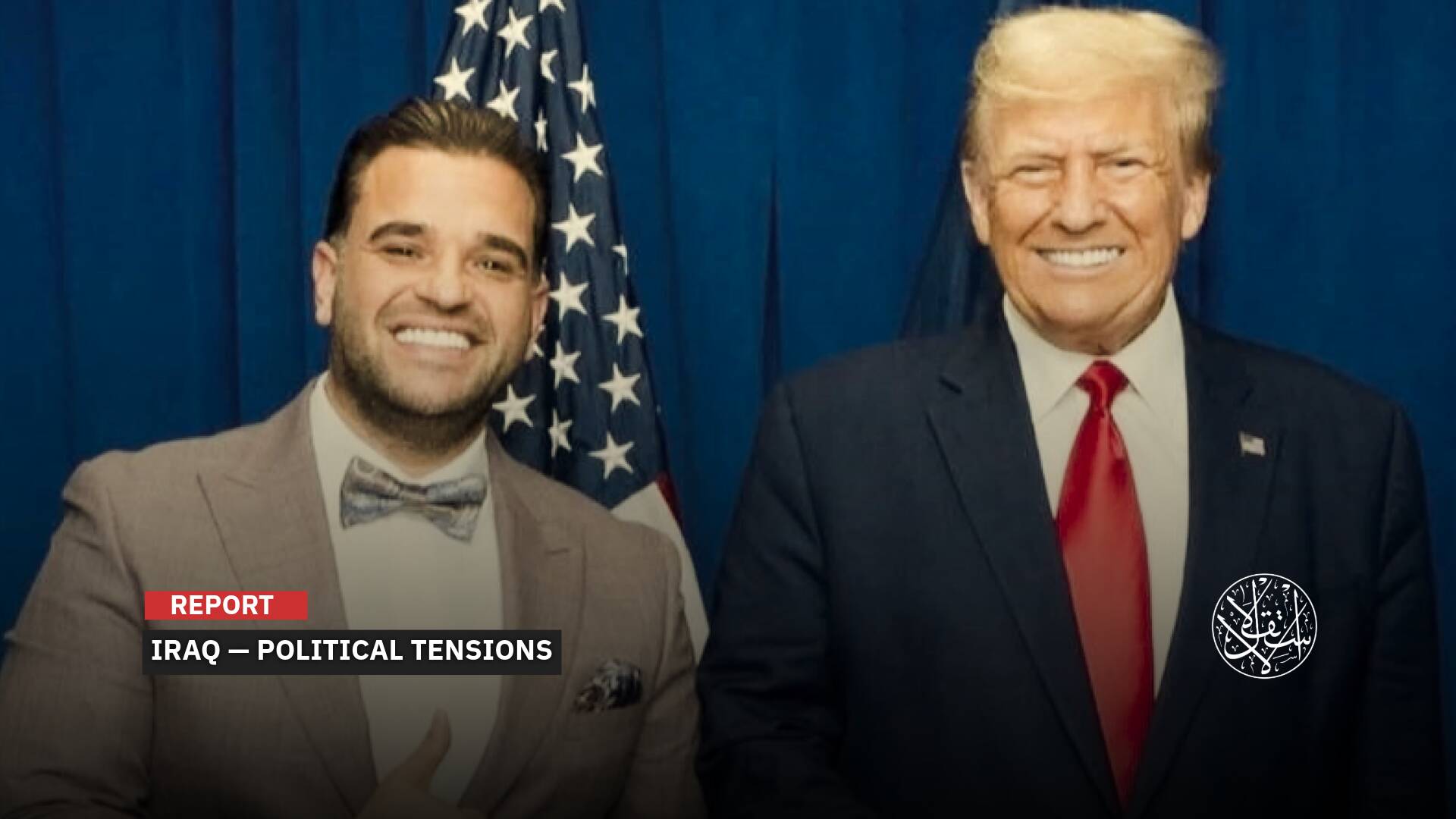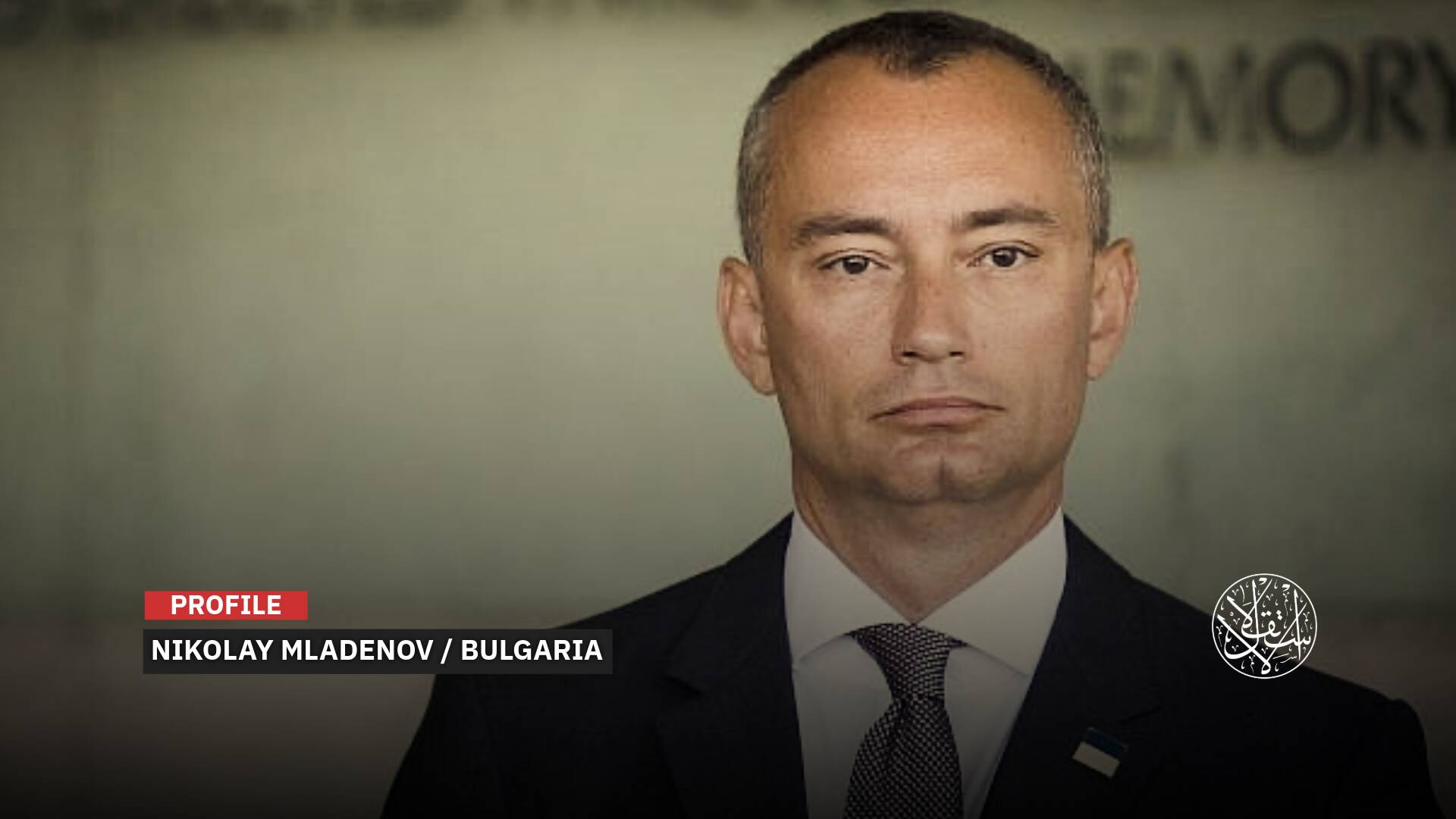Six Key Facts: How Hezbollah’s Truce with ‘Israel’ Shapes the Gaza Front

14 months after Gaza's devastation, the Israeli Occupation has yet to meet its goals.
After the ceasefire agreement between “Israel” and Hezbollah came into effect on November 27, 2024, the remarks of the late Hezbollah leader, Hassan Nasrallah, bubbled on the surface again. Nasrallah had once said that “moving the Litani River to the Israeli border is easier than pulling Hezbollah back north, and Lebanon's front will not stop until the war on Gaza stops.”
Analysts now argue that Hezbollah's acceptance of a settlement with “Israel” has weakened its position. The group has lost opportunities to strengthen its stance, and is now essentially required to dismantle its support for Gaza, retreating to the northern Litani River, especially given the Israeli army's prolonged presence in the region for two months.
Israeli Prime Minister Benjamin Netanyahu, upon announcing his approval for a two-month ceasefire with Hezbollah, cited three main reasons for the decision: breaking the unity of the battlefronts, separating Gaza from Lebanon, and isolating Hamas in its fight.

Six Facts
There are six key facts on the ground making the claim that Gaza is isolated and will suffer as a result of the Lebanon ceasefire agreement “inaccurate.”
The first fact is that Gaza has been fighting and resisting without surrender, even before Hezbollah joined the battle. It will not give in after Hezbollah withdrew, as Gaza has nothing left to lose. In contrast, Hezbollah lost significant opportunities.
Second, despite the systematic destruction and killing of Gaza and its people by Israeli Occupation forces, the Resistance remains steadfast. Hamas continues to link the release of Israeli captives to a comprehensive agreement that guarantees the withdrawal of Israeli forces. On November 26, 2024, the movement declared it was “ready” for a ceasefire after the truce between “Israel” and Hezbollah.
The third fact is that even after 14 months of Israeli aggression, the destruction of Gaza, and the suffering of its people, “Israel” has failed to meet its “goals,” especially the return of captives and the elimination of Hamas.
Along with claiming that it ended the war in Lebanon to break the “unity of fronts” and leave Gaza isolated, Netanyahu admitted that the truce was also meant to give his exhausted and demoralized army, which has suffered heavy losses, a break. This could push toward a similar agreement in Gaza, just like in Lebanon.
The fourth fact is the Biden administration seeking to secure a diplomatic victory before leaving office. It has already achieved half of that with the Lebanon ceasefire and now seeks to complete the most critical half in Gaza. This could escalate the pressure, possibly leading to the collapse of the Lebanon agreement.
This makes the Lebanon agreement have a positive effect, not a negative one, on Gaza. Hamas leaders have hinted at this in their statement welcoming the Lebanon deal. Further, Netanyahu’s acknowledgment of “American pressure” to sign the Lebanon agreement, along with threats to halt arms deals, signals that a similar deal in Gaza is near.
Biden stated, while commenting on the Lebanon ceasefire, that his administration is still working toward a ceasefire in Gaza and that Turkiye will join Egypt and Qatar in mediation efforts.
He also confirmed that his team remains ready to finalize a deal to normalize relations between “Israel” and Saudi Arabia, which would serve as a diplomatic crown jewel for both Netanyahu and Saudi Crown Prince Mohammed bin Salman, potentially as a reward for “Israel” to end the fighting in Gaza.
Biden noted that such a deal could include a “credible pathway” to a Palestinian state, something Netanyahu has long rejected.
The fifth fact is that the ceasefire agreement between Lebanon and Israel is “temporary” for two months, highly fragile, and faces a significant risk of collapse, especially after the Israeli military has started provoking the Lebanese people.
On November 27, 2024, the Israeli army announced in a press briefing that it does not intend to reduce the size of its forces in Lebanon at this stage. It decided to keep all the forces currently deployed in southern Lebanon, rather than redeploying them to Gaza or withdrawing them to Israeli positions.
The army said it will continue its “operations” in the areas it has entered and will continue “tasks,” including engineering activities and searching for weapons and military equipment, signaling an escalation.
Its detention of four Lebanese individuals who approached its forces and Netanyahu's claim that they were from Hezbollah could prompt the party to violate the ceasefire after the Israeli forces’ “actions,” thus restarting the conflict.
The sixth fact is that following the Lebanon agreement, internal pressures on Netanyahu will increase to end the aggression on Gaza, driven by the families of captives and the opposition. This demand has already been echoed in the press. Additionally, Netanyahu's argument for delaying his legal investigations into scandals like “BibiLeaks” and others will lose credibility.
The pressure on Netanyahu to strike a deal in Gaza will grow, especially with the internal confrontations arising due to the governing coalition, led by him, pushing to complete its judicial overhaul, following a year of protests against “judicial reforms” in 2023.
Political analyst Amos Harel of Haaretz summarized this, saying, “The damage suffered by Hamas in Gaza is far greater than the destruction caused to Hezbollah's military capabilities in Lebanon.”
“Yet, Netanyahu continues to oppose a temporary withdrawal to free the hostages who are still alive.”
“Israel has only achieved a partial victory over Hezbollah,” he added.
“Now, the government must bring the hostages back [through an agreement with Hamas].”
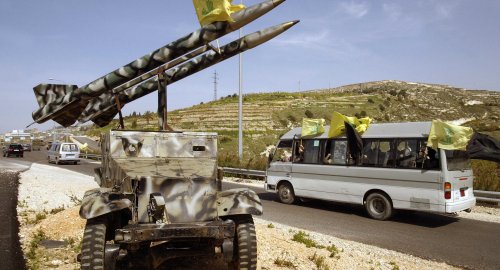
From ‘Netzarim’ to ‘Miflasim’
Washington bets that the ceasefire agreement with Hezbollah will pave the way for a truce in Gaza, including a prisoner exchange. However, Israeli Occupation’s continued aggression and its plans to divide Gaza into sectors hinder finding solutions, despite Hamas signaling readiness to negotiate under conditions that ensure an Israeli withdrawal and cessation of hostilities.
“Israel” seeks to leverage the Lebanon ceasefire to intensify its operations in Gaza, advancing plans to occupy, partition, or control the northern region of the Strip—an agenda aligned with the religious Zionist faction in the governing coalition, which advocates resettlement in the area.
Indicators of this emerged in National Security Advisor Jake Sullivan’s statement on November 27, 2024, where he confirmed that President Biden plans to work on a Gaza ceasefire and discussed “a new U.S. initiative for a Gaza ceasefire” with the involvement of key regional players, including Turkiye, Qatar, and Egypt. Still, the White House confirmed that U.S. Middle East envoy Brett McGurk visited Saudi Arabia on November 26, 2024, to explore leveraging the Lebanon ceasefire for a similar agreement in Gaza. Andrew Bates, the White House deputy press secretary, added that McGurk’s discussions in Riyadh were focused on using the Lebanon ceasefire as a catalyst for Gaza, to foster regional stability.
Yet, the Israeli occupation’s primary goal in this aggression remains the total displacement or destruction of Gaza, which they view as the only solution to ending resistance. Following the ground invasion, the aim shifted to separating northern Gaza from the south, with the “Netzarim axis” dividing central Gaza to prevent movement between the north and south.
After the failure of total displacement, Israeli forces occupied the Salah al-Din (Philadelphia) axis in the south to isolate Gaza from the outside world, solidifying the comprehensive blockade. Now, after 14 months of destruction, “Israel” is pushing plans to completely occupy northern Gaza, permanently displacing its residents and implementing a series of axes dividing the territory into four parts.
The Wall Street Journal (WSJ) reported on June 29, 2024, that among the discussed plans was the “bubble” plan, which would create controlled zones easily governed, potentially handing the area to a U.S.-Israeli mercenary company licensed for lethal operations.
“A plan that is gaining currency in the government and military envisions creating geographical ‘islands’ or ‘bubbles’ where Palestinians who are unconnected to Hamas can live in temporary shelter while the Israeli military mops up remaining insurgents,” as per WSJ.
Hebrew newspapers said despite “Israel” not finalizing its post-war plans for Gaza, its “actions” reveal intentions to divide Gaza into four land axes, each with its own crossing, reinforcing Israeli military rule.
This new plan bears similarities to the 1971 proposal by former Prime Minister Ariel Sharon, then commander of the southern sector, to divide Gaza into four parts for better control, according to Haaretz. The four axes are: “Netzarim,” “Kissufim,” Philadelphia, and “Miflasim.” The Netzarim axis separates northern Gaza and Gaza City from the center and south, while Miflasim divides northern Gaza from Gaza City, and Philadelphia isolates southern Gaza near Egypt. Kissufim would facilitate aid to the south, completing the segmentation of Gaza.
Haaretz predicts that Israeli forces will not withdraw before 2026.

Missed Opportunities
Hezbollah's acceptance of the ceasefire agreement with “Israel,” orchestrated in part by Iran, encapsulates many of the gains the party made during the war but ultimately squandered in the process of negotiating the truce, according to The Washington Post.
A significant lost opportunity for Hezbollah was the chance to capitalize on Operation al-Aqsa Flood and its aftermath to liberate occupied Lebanese territories. Hamas presented a golden opportunity for Hezbollah to engage in a full-scale battle against the Israeli Occupation, uniting resistance forces from Gaza, Yemen, and Iraq. The aim was to weaken the “Israeli state” and alter the regional balance of power, particularly in the context of the Russia-West conflict.
However, Hezbollah squandered this opportunity by aligning with Iran's broader agenda, which included cooperation with the U.S., ultimately leading to a loss of leadership and the daily bombardment of Beirut without a substantial Israeli response.
Still, the ceasefire agreement—both its public and secret provisions—places Lebanon under a form of guardianship and siege. This limits Lebanon’s military actions, especially in the south of the Litani River, and subjects its arms production and supply to American surveillance. The ceasefire also cuts off weapons shipments from Syria and prohibits the manufacturing of weapons outside the state apparatus, leaving Hezbollah and Lebanon in a situation comparable to Gaza's blockade.
The ceasefire did not prevent Israeli attacks on Hezbollah camps and personnel in Syria and Iraq, nor did it stop “Israel” from targeting Hezbollah members in Lebanon, arresting four individuals and bombing a vehicle for approaching Israeli forces. Hezbollah's claim of victory, stating “We managed to defeat the enemy’s army and destroy its targets,” does not accurately reflect the reality, as the Israeli invasion of southern Lebanon was essentially a “political and media statement.”
The full text of the agreement between “Israel” and Lebanon mandates the dismantling of all illegal facilities related to weapons production in Lebanon, including military infrastructure, and the confiscation of any weapons not aligned with the country’s official commitments. Further, an “American guarantees document” attached to the agreement grants “Israel” the right to respond to any threats from Lebanese territory and retain the right to act against any violations of the truce, including preventing weapons from entering Lebanon across its borders.
Despite the devastation in Lebanon, Abdel Bari Atwan, editor-in-chief of Rai al-Youm, highlighted these missed opportunities and losses, expressing surprise at the extensive concessions made in the agreement.
According to Lebanese assessments, Hezbollah will face significant losses within Lebanon itself, including a deterioration of its capabilities and reputation among its base and the public. This decline will be difficult to reverse, especially in the absence of competent leadership and strong strategic assets.
Hezbollah initially played a vital role in supporting Gaza by diverting Israeli forces across two fronts rather than allowing them to focus solely on Gaza. While this disruption caused confusion for the enemy, Hezbollah failed to fully exploit the opportunity for a comprehensive war that could shift regional power dynamics.
When the conflict transitioned to a full-scale war in response to Israeli aggression and ground attacks, including the assassination of Hezbollah's key leaders and the pager explosion, Hezbollah's expected counterattacks seemed to set the stage for broader retaliation, including bombing “Tel Aviv.” Despite Hezbollah launching unprecedented attacks on military installations—marking a historic shift in the war—these were not enough to capitalize on the opportunities presented by Operation al-Aqsa Flood.
The decision by “Israel” and the United States to seek a ceasefire serves as a clear acknowledgment of Hezbollah's enduring strength and its ability to potentially destroy “Israel.”
If Hezbollah had genuinely been weakened or rendered ineffective, “Israel” would likely have continued its war to fully dismantle the group.
Egyptian military analyst Mahmoud Gamal stated that Hezbollah engaged in the confrontation at the onset of Operation al-Aqsa Flood for two primary reasons: first, to uphold the principle of “unity of fronts” by offering vital support to Gaza and reducing the pressure it faces.
The second reason, emphasized by both Hassan Nasrallah and Naim Qassem, was to confront the broader regional threat posed by “Israel” through the Gaza front.
Gamal noted on X that Hezbollah’s support for Gaza disrupted Israeli Occupation’s preparations for a surprise attack on Lebanon, demonstrating a strategically sound and accurate assessment of the war’s dynamics. However, Hezbollah did not fully capitalize on this opportunity.
Hezbollah's agreement to a ceasefire without linking it to ending war in Gaza has allowed “Israel” to achieve a crucial goal from the outset of Operation al-Aqsa Flood: separating the battlefronts. This strategic misstep, according to Egyptian analyst Mahmoud Gamal, represents a significant error for Hezbollah. By not maintaining the principle of “unity of fronts” and failing to keep up the pressure on “Israel” by opening a secondary front, Hezbollah inadvertently gave “Israel” the advantage.
Gamal further asserts that this decision will negatively affect the resistance in Gaza, as Hezbollah's withdrawal from its initial support role could weaken the Gaza front. The shift might indicate that Hezbollah judged its capacity to sustain the conflict had reached its limits, potentially due to internal Lebanese pressures or external influences, particularly from Iran, urging the group to accept the ceasefire.
Ultimately, Gamal warns that this agreement will have long-term repercussions on both Hezbollah's future and the broader resistance axis. It may allow “Israel” to refocus on Gaza, which now stands alone against Israeli aggression, and continue to seek its “objectives” there.
Sources
- In a season of war in the Middle East, diplomacy finally gets a win
- Israel Achieved Only a Partial Victory Against Hezbollah. Now, the Government Must Bring the Hostages Back
- Israel's 'Day After' Plan for Gaza Is No Secret if You Know Where to Look
- No expectations of a swift deal for Gaza after Lebanon ceasefire
- Has Diplomacy Finally Triumphed Over the War Machine in the Middle East? - The Washington Post
- The Postwar Vision That Sees Gaza Sliced Into Security Zones
- The Israel-Hezbollah ceasefire quiets one front but Gaza sees no end to war


